Advancing Battery Technologies for a Clean Circular Future
Cutting-Edge Materials ・ Recycling Breakthrough
Li-ion Battery Industry Challenges
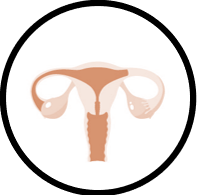

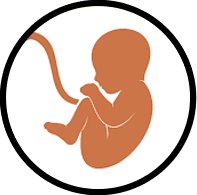



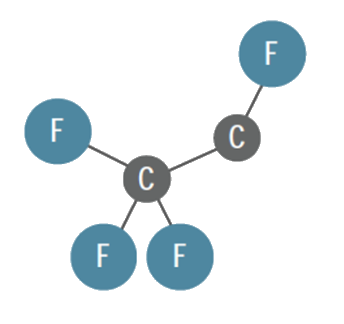

What are Per- and polyfluoroalkyl substances (PFAS)?
Human-made chemicals can be found in many everyday products.
These chemicals contain carbon-fluorine bonds, do not break down and can stay in water and soil forever.
They pollute the environment and some harm our health.




Toxic for reproduction
Harmful for unborn child
Cause cancer
Interfere human hormonal system
PFAS Risks in Li-ion Battery Cells
PFAS can be found in Li-ion battery cells as binders (e.g. PVdF) in electrodes and separator coatings, and additives (e.g. PFBS) in electrolytes.
With global LIB production projected to reach ~4 TWh/year by 2030, PVdF demand could surge


~140k ton/yr
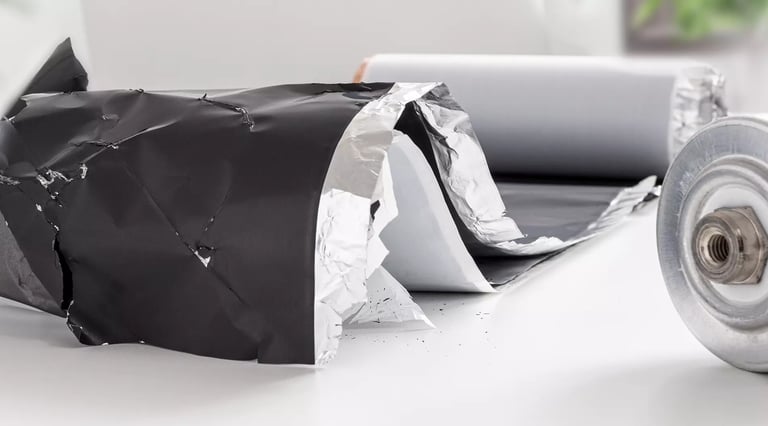

Battery Recycling Challenges caused by PVdF
Separating the black mass from the current collectors is the critical step.
PVDF complicates black mass delamination from the current collectors during recycling due to
● ineffective dissolution in solvents (e.g. NMP)
● formation of toxic gases (e.g. HF, smaller PFAS) during the removal and/or degradation
Solving Sustainability Challenges with Innovative Solutions
GRST combines the best of materials and process engineering to offer the cleanest battery lifecycle solution
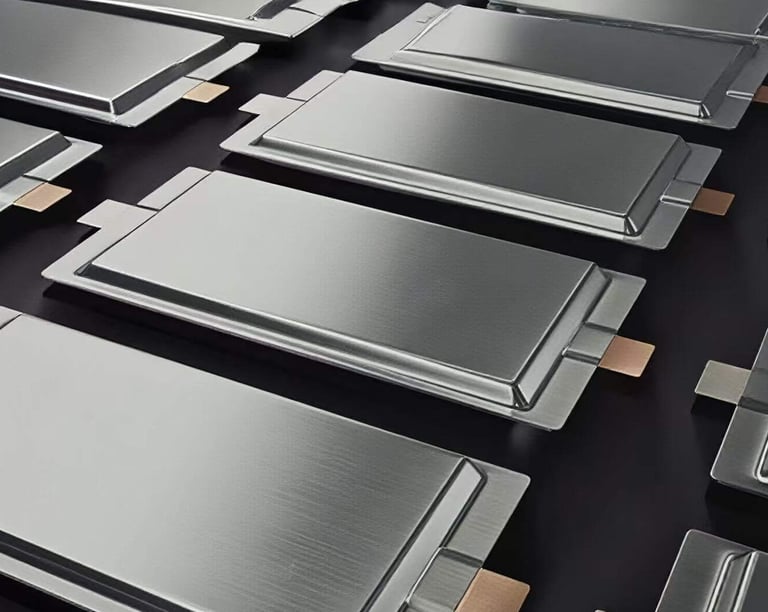


PFAS-free Material Structure
“Drop in” Replacement in Processing
Water-based Battery Recycling


Empowering the world’s transition to sustainable battery ecosystem
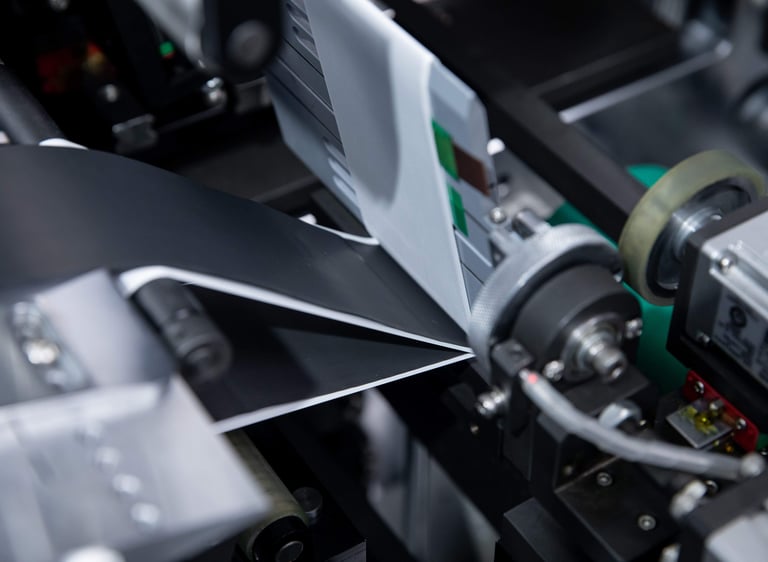

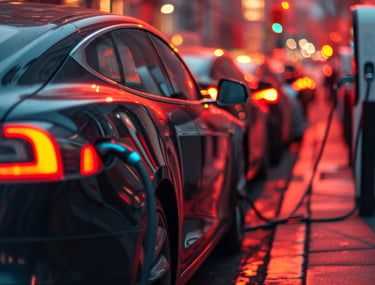

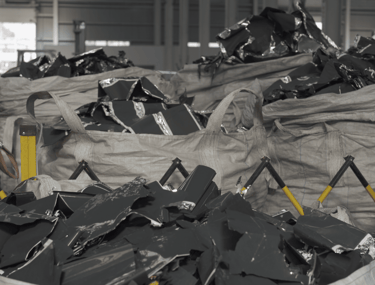

Connect with us.


